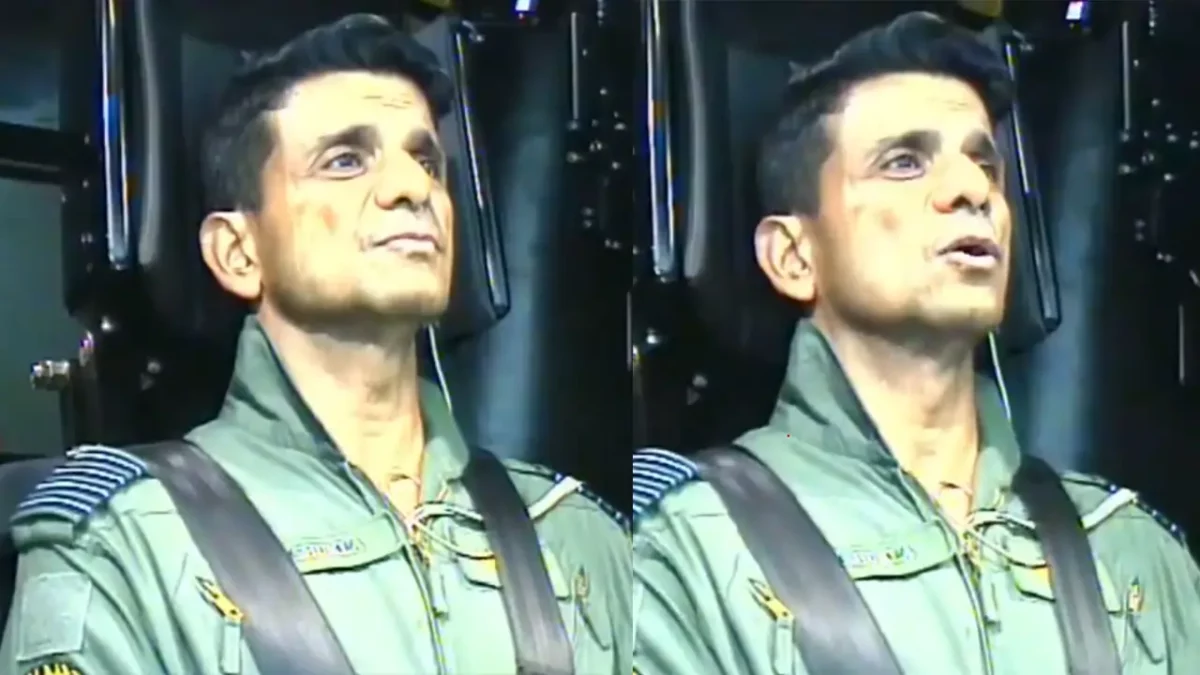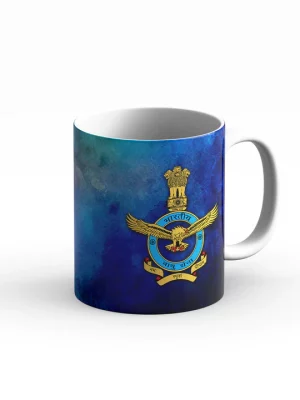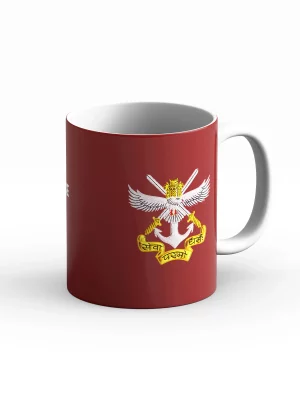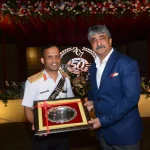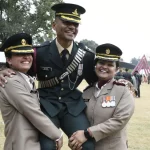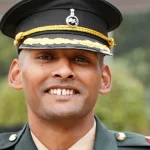Group Captain Shubhanshu Shukla recently shared an exhilarating glimpse into his G-force endurance test — an experience that takes both body and mind to their absolute limits. The video captures the raw intensity of what fighter pilots and astronauts experience when gravity turns from a familiar companion into a punishing adversary.
“Let’s pull some Gs 🚀,” Shubhanshu begins, setting the tone for a thrilling journey through the world of gravitational acceleration. Spaceflight, he reminds us, isn’t just about floating in zero gravity — it’s about first learning to conquer gravity itself.
During launch and re-entry, astronauts experience what’s known as G-loads — or “pulling Gs.” One “G” is short for the force of Earth’s gravity. When you’re standing still, you’re under 1G. At 2G, your body feels twice as heavy; at 4G, it feels four times heavier. Even simple movements become an immense effort. “Try lifting your phone like that,” he says, “and you’ll quickly appreciate why astronauts train for it!”
But what makes these forces fascinating — and dangerous — is the direction in which they act.
In a fighter jet, G-forces push from head to toe, along what’s called the +Gz axis. When a pilot executes tight turns, blood is forced away from the brain and pools in the legs. If the G-load lasts too long, vision narrows — a “grey-out” that can quickly turn into a blackout. Fighter pilots counter this with G-suits and special breathing maneuvers to keep blood circulating toward the brain. “The first video shows Gz,” he explains.
In contrast, inside a space capsule, G-forces act from chest to back — the +Gx axis. Here, blood doesn’t drain from your head; instead, your chest and lungs are compressed against the seat. Breathing becomes an effort, and astronauts must engage their diaphragm, pushing with the stomach to draw in air. “The second video is Gx,” Shubhanshu notes.
During his mission, the G-load peaked around 4.8G — a tough but manageable force with the right training. Yet, he explains, during an emergency abort, astronauts might face momentary spikes of up to 18G. “In this video I’m pulling 7 Gz and 8 Gx,” he reveals. “You can already see me struggling.”
This is why spacecraft seats are reclined — to distribute the force through the body’s strongest parts, reducing the risk of injury and helping astronauts endure extreme acceleration.
Shubhanshu concludes with a powerful thought: “When you hear ‘pulling Gs,’ remember — it’s not just a number. It’s a full-body conversation with gravity, and astronauts have to learn its language before ever leaving Earth.”
Through his post, Group Captain Shubhanshu Shukla not only gives viewers a visceral look at human endurance but also reminds us of the discipline, science, and courage that define those who dare to fly beyond the ordinary.

